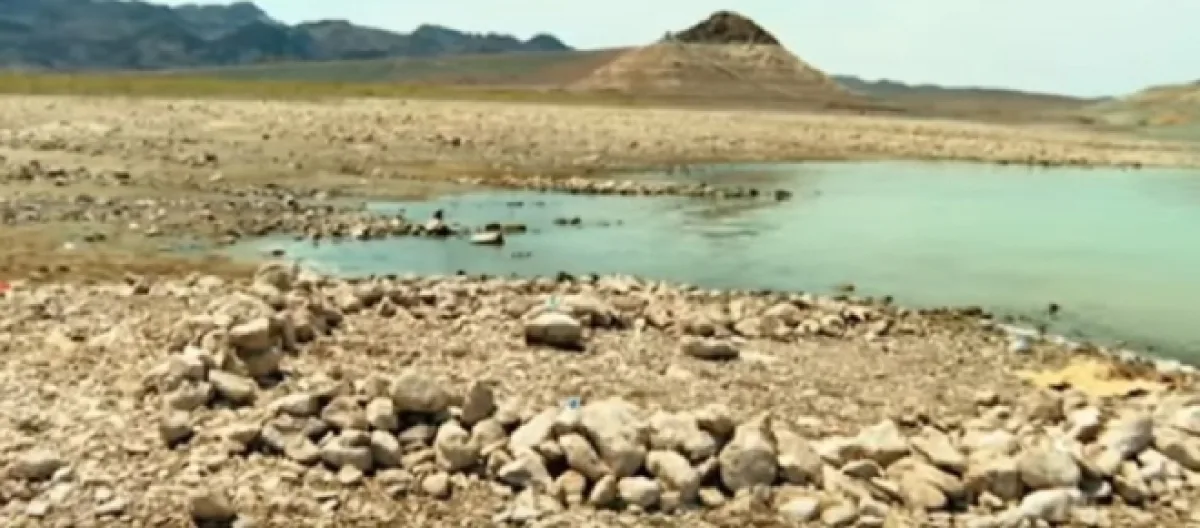Before the start of summer, regions in the western parts of America are in the grip of a heatwave. Temperatures have moved into triple digits and there are fears that it could topple records. Parts of Arizona, California, New Mexico, Montana, Wyoming and Utah are at the receiving end. Temperatures in Phoenix in the last couple of days hovered between 116° F to 118° F. The National Weather Service of Phoenix went to a social media platform to advise: “A very good day to stay indoors.” That was an indirect hint to avoid unwanted travel.
NBC News says in the opinion of scientists, the ongoing heatwave arrived in advance and its duration is longer than earlier. A scientist of the University of California, Los Angeles, remarked that last year the record-breaking heatwaves came much later. Researchers attribute the continuous dry spells to factors like man-made Climate change linked to the emission of greenhouse gases. One option to eliminate this is to move away from fossil fuels and promote renewable energy.
Heatwave can be due to drought and the dry landscape
The dry period in the West began in 2000. This can be a result of the gradual drying out of the landscape.
Normally, the heat of the sun evaporates moisture in the soil. However, scientists feel the soil in the Western region is unable to retain moisture and that adds to the heat of the surrounding areas. When the soil is wet, heat waves are not severe. NBC News goes on to add there have been several wildfires that have destroyed the greenery. These, in turn, lead to an ecological imbalance. Climate change aggravates the drought conditions and dry trees and shrubs ignite quite easily. In the recent past, several wildfires broke out in different regions. During a climate briefing, an official of the U.S. Department of Agriculture said: “From a fire potential standpoint, what is capable this year, it is certainly much more severe than we’ve seen in the past.” In August 2017, scientists warned about super heatwaves on the U.S. East Coast and Asia.
Climate change triggers heatwaves
Risks of drought-related fires are considerably more in higher elevations across much of the West. Scientists continue to study the relation between heatwaves and climate change. Obviously, the problem is not specific to the United States but is a global affair. The world has to be prepared to face more extreme heatwaves in the future. In order to avoid such situations, there must be determined efforts at all levels to reduce greenhouse gas emissions. Various climate forums have discussed and debated this subject at the international level. NBC News makes a mention of deaths associated with heat waves. A recent study reveals 35% of all heatwave deaths in the country are from climate change.
In Arizona, heatwave sets off wildfires
According to Sky News, fire officials blamed the heatwave for the spread of a wildfire in Arizona. It spread to nearly 27 square miles near two mountain towns. The authorities ordered evacuations and a team of more than 100 firefighters fought the flames. Phoenix recorded temperatures of 115° F (46° C) for five days in a row. Doctors advised people to be careful of the possibilities of third-degree burns from hot surfaces. This is an issue related to health and is a fallout of a combination of climate change and large-scale urbanization. Last year, in the months of June, July and August Arizona Burn Centre in Phoenix admitted more than 100 persons with serious burn injuries. Seven of them died. Water levels also dropped in many areas because of the heatwave.
